First time moms, you should know that breastfeeding is not as simple of an act as the movies and some of the women in your life may have you think. At least it is not simple for everyone. The harsh reality is that there are various things that could stop a nursing mom from enjoying her breastfeeding journey or from being able to start that journey at all. One of those things is when moms experience vasospasm breastfeeding. You will be wondering, what is a vasospasm?
Definition of a vasospasm in the context of breastfeeding
The Australian Breastfeeding Association defines a vasospasm as what happens “when blood vessels tighten and go into a spasm, so that blood does not flow normally.”
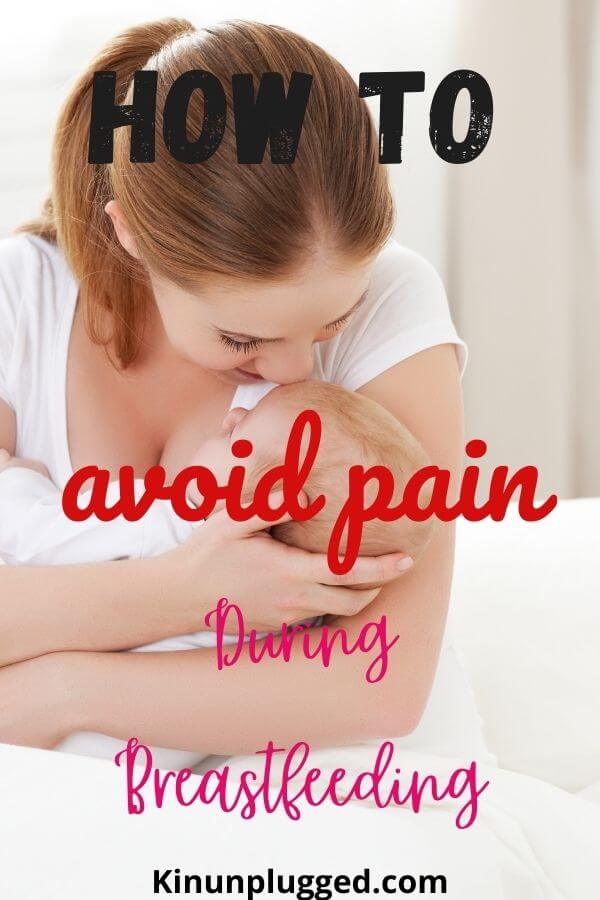
It is Maurice Raynaud who first described arteriole vasospasms in 1862 therefore the phenomenon is sometimes referred to as ‘Raynaud’s phenomenon’ of the nipple. Arterioles are a small branch of arteries with each branch leading into capillaries.
The arterioles in a breastfeeding woman’s nipples are commonly affected. It is usually caused by the woman feeling cold but it can also be brought on by feeling emotionally stressed.
Research has found that thinner women with circulatory problems are more likely to be affected by nipple vasospasms. Particularly when they already have a history of Raynaud’s phenomenon occurring in their fingers.
What does a breast or nipple vasospasm feel like?
A woman experiencing vasospasm breastfeeding could feel anything from stabbing or sharp stinging pains to burning and throbbing in the nipple area. Due to the change in the appearance of the nipple, some women might mistake a vasospasm for thrush.
Vasospasm vs. Thrush
While thrush will often look like flaking, red and shiny skin in the nipple area, vasospasm breastfeeding will often make your nipples turn a different and unusual colour (purple, white, blue, red).
You do tend to experience pain with both of them. However, with thrush, the nipple will hurt from cracking and sometimes from scratching the itchy area. The nipple pain with thrush is also usually a stabbing kind of pain felt deeper into the breast between nursing sessions. With vasospasm breastfeeding, the pain can sometimes be stabbing but as mentioned above, it can also be throbbing and burning and can go on for any length of time.
When nipple vasospasm is confused with thrush, mothers may inaccurately be prescribed antifungal medication therefore it is important for mothers to themselves be vigilant and be aware of the differences between the two.
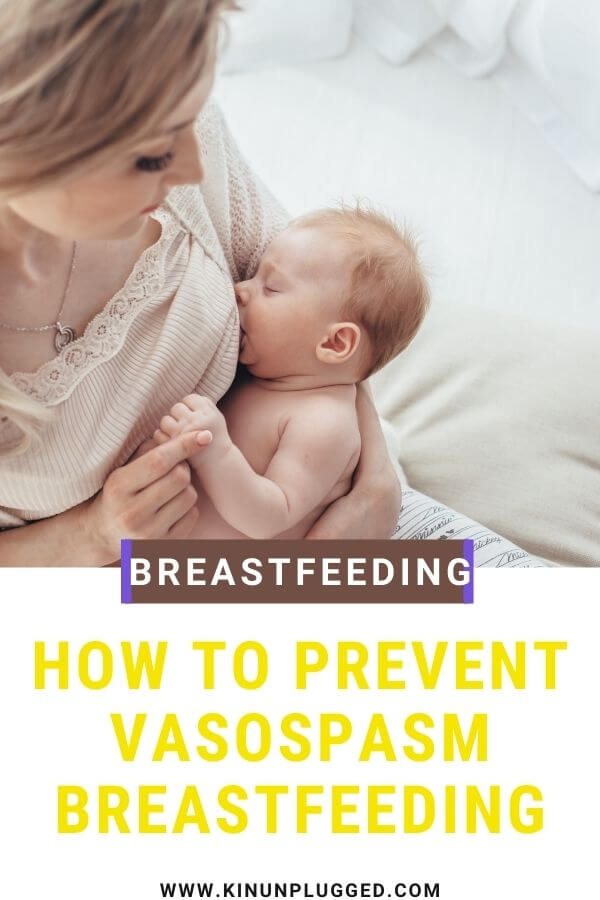
How to prevent vasospasm symptoms
Disclaimer: At no additional cost you, I may receive a small commission from purchases made through some of the links on this page.
The key here is warmth.
- Wear warm clothing while breastfeeding. Keep your entire body warm and that way, even if your nipples are a little exposed during nursing, they are unlikely to get too cold as your body temperature will regulate it.
- Try different breastfeeding positions. If your symptoms are exacerbated from a bad or uncomfortable latch by your baby, try new and different breastfeeding positions each time you nurse until you find the most comfortable ones.
If you have not already attended one, a breastfeeding class may be what you need to give you insight on positions. Try this great and convenient online breastfeeding master class by Milkology that will teach you EVERYTHING you need to know from the comfort of your home.
- Cover up your nipples as soon as you are done breastfeeding. This is to make sure you do not expose them to cool air and cause vasoconstriction.
- Ramp up your room heating when breastfeeding. This will help to keep your breasts and nipples specifically warm while you breastfeed.
- Avoid caffeine. We know that this is a stimulant but it can also be vasoconstricting. This of course means that you should avoid caffeine as you do not want to use any substances that could be constricitng your blood vessels.
- Hot shower before breastfeeding. This is a great way to raise your body heat both inside and outside so that it takes a longer time for your body to cool down. This means that your body heat will remain comfortably high enough throughout your nursing session to ensure that your nipples do not get cold.
- See a lactation consultant. You may find that your nipple is misshapen after feeding or your nipple hurts when baby latches. A painful latch is a sign that your baby is not attaching properly to your nipple when feeding. If you are predisposed to Raynaud’s phenomenon, a lactation consultant could help your baby latch better before vasospasm breastfeeding it triggered.
- Avoid smoking. Smoking is also known to be vasoconstrictive which is absolutely to be avoided if your aim is to prevent vasospasms while breastfeeding.
How do you treat vasospasm while breastfeeding?
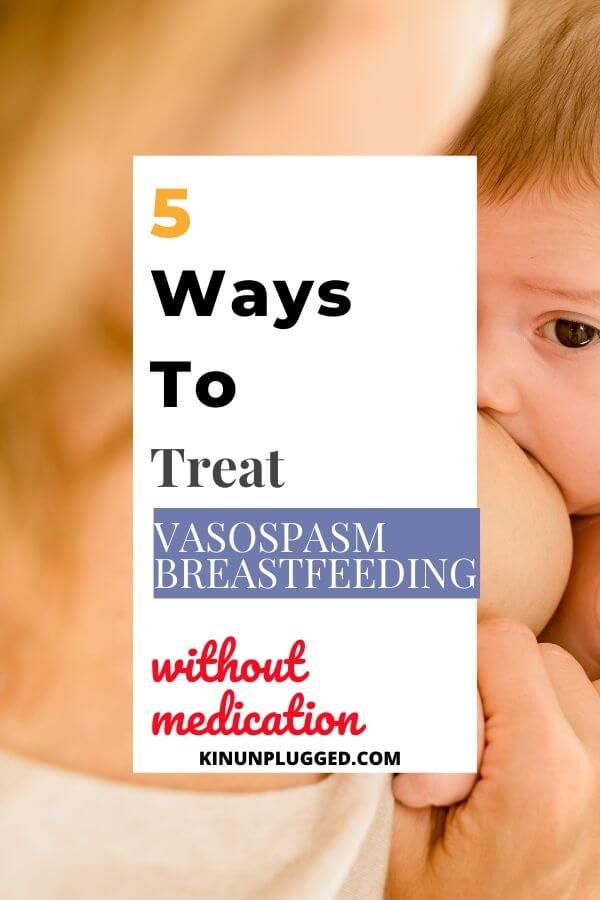
Your doctor may decide to prescribe you a calcium channel blocker called Nifedipine at a low dose that may be increased over time. It is used to treat Raynaud’s phenomenon. This drug is meant to be safe during breastfeeding although a tiny quantity of it can be found in your breastmilk. Before you get to this point though, it may be useful to try the following.
- Calcium supplements. Calcium helps with dilating blood vessels.
- Get any local skin infection to the area as soon as possible. If an infection has developed in your nipple area, you must get on top of fixing that before it exacerbates and leads to further problems.
- Apply a warm compress. A warm compress before and right after breastfeeding could be helpful for ensuring that your nipples do not get cold.
- Magenesium supplements. Magnesium can help to relax not just your muscles but also your blood vessels.
Read: How Magnesium can help with leg cramps during pregnancy
- Fish oils. Fish oils have been found to help us cope better with cold tempaeratures. If fish oil capsules work for you, you could pre-empt any issues with vasoconstriction and make your body more resistant to cold.
As we have already concluded, breastfeeding is not always easy and when faced with issues like vasospasm breastfeeding, it is even tougher. It helps to have tools in place that make nursing simpler and less painful whether you are facing vasospasm breastfeeding or trying to prevent it.
4 Top items to help when dealing with vasospasm breastfeeding


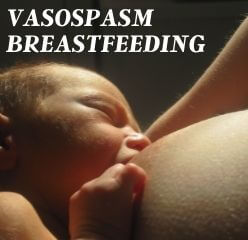







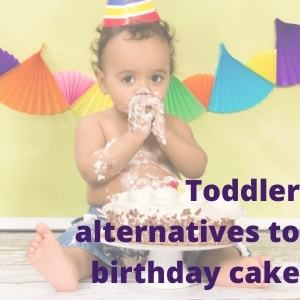

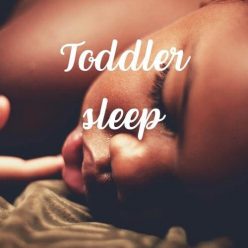

1 Comment
I had such a difficult time breastfeeding both of my babies. This information is so helpful to new moms! Thanks for the suggestions. I will pass them along to my friends!